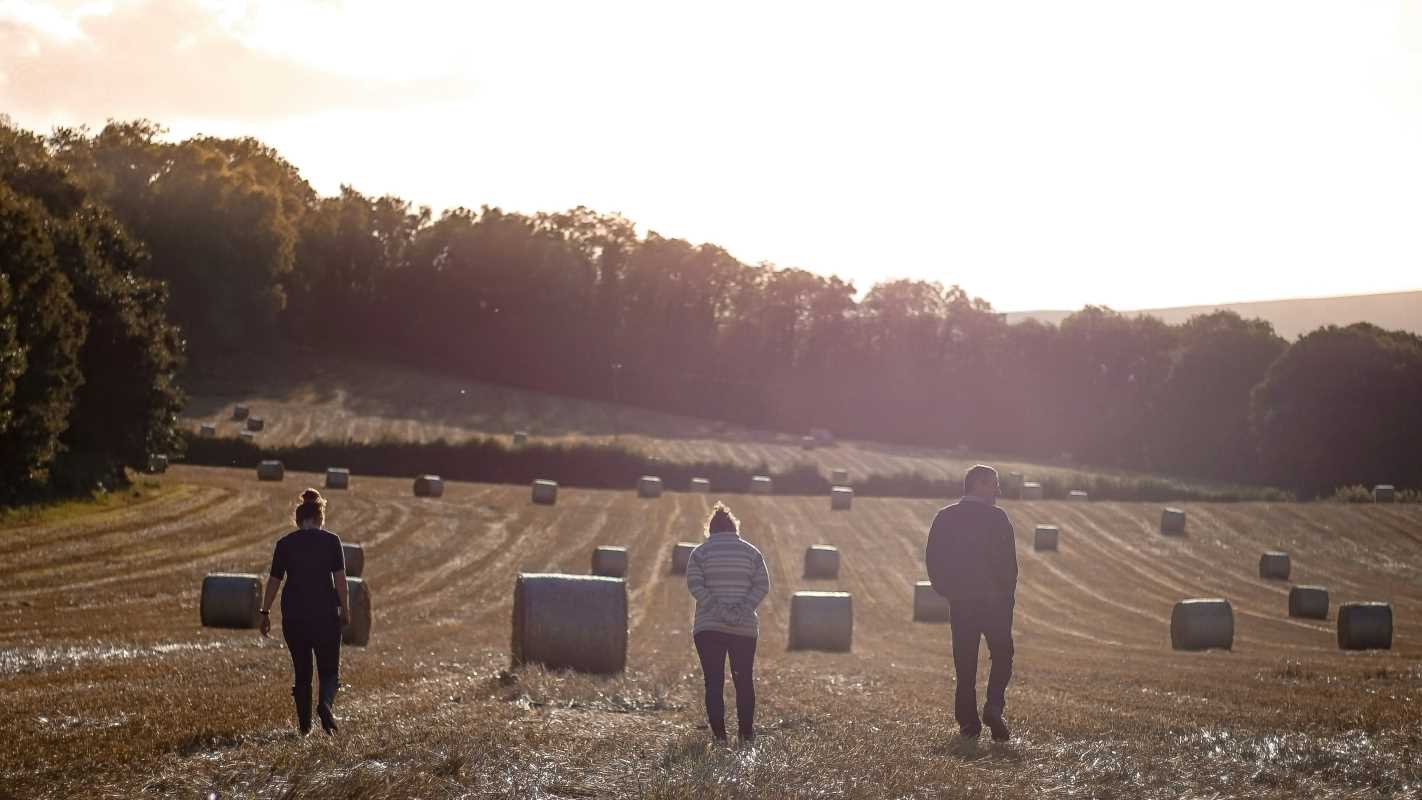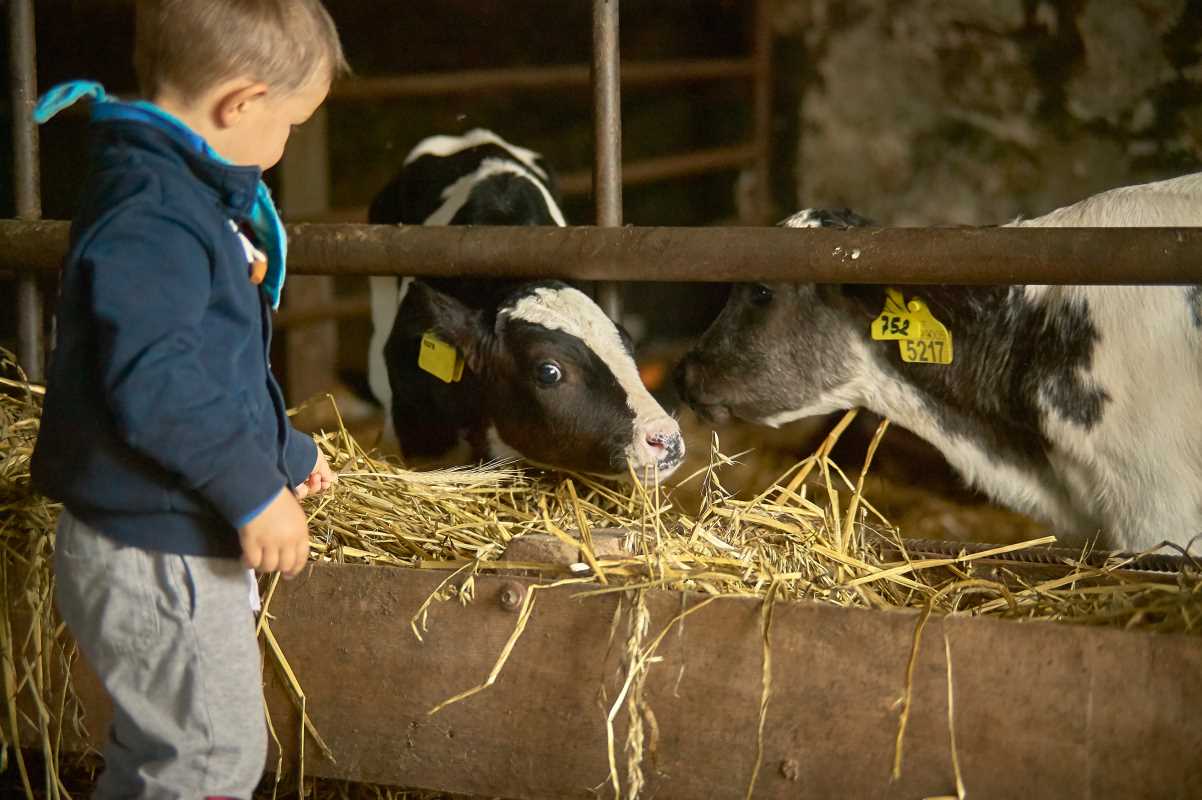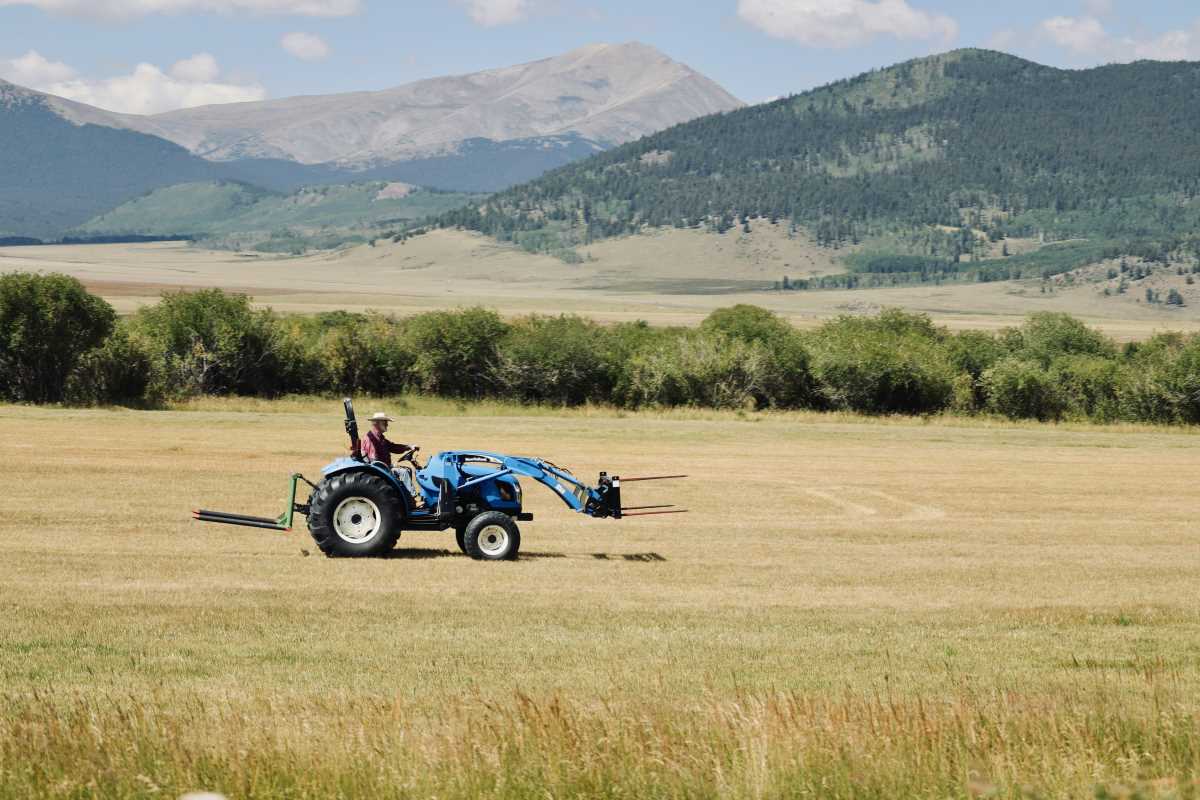Caring for a large piece of land brings the chance to enrich soil health, improve water use, and support a wide range of plant and animal life. This guide introduces eight hands-on sessions that cover soil improvement, efficient irrigation, mixed crops, adding livestock, tree planting, growing new plants, using cover crops, and creating wildlife habitats. Each workshop outlines clear instructions, practical tasks, and useful advice tailored for wide-open spaces. Dig in with your tools and discover techniques that suit big fields or paddocks, all while keeping the process straightforward and manageable.
Building Healthy Soil
Healthy, living soil forms the foundation of every regenerative system. In this session, focus on layering organic matter to feed microbes and earthworms. You’ll mix compost, shredded straw, and green plant waste, then turn this blend into long windrows. Over weeks, active turning produces warm, nutrient-rich compost ready for application.
Follow these steps:
- Gather bulk materials: compostable yard waste, manure, and straw.
- Stack in a 3-foot-high windrow.
- Turn every 7–10 days using a tractor-mounted fork.
- Monitor temperature; aim for 130°F to kill pathogens.
- Spread finished compost at 1½ inches across fields.
This sequence works across wide borders and reduces erosion risk.
Water Management Techniques
With broad landscapes, you can design swales, basins, and diversion channels to hold rain where it falls. Start by surveying your land’s contour lines with an A-frame level. Mark key zones and dig gentle swales to slow runoff and boost infiltration.
Next, install simple check dams—stack rocks or logs in swales—to step water down into deeper soil layers. Test each structure during a storm event to confirm it captures water effectively. Perform minor reshaping or reinforcement until runoff slows and moisture stays longer in pasture and crop areas.
Diversified Crop Planning
Rotating crops at a large scale prevents disease, interrupts pest cycles, and spreads workload across seasons. Sketch zones on large maps and assign a rotation pattern covering legumes, cereals, brassicas, and root crops. Aim for four-year cycles to give each group its turn.
- Year 1: Legume cover plus cash grain.
- Year 2: Brassica family with a green manure catch crop.
- Year 3: Root vegetables interplanted with grains.
- Year 4: Broadleaf vegetables with fall-sown clover.
Use GPS-guided tractors or simple flag markers to maintain layout. After each harvest, sow a quick-growing cover like oats or clover. This captures nitrogen and prevents soil loss while preparing for the next crop.
Integrating Livestock for Soil Health
Grazing animals act as mobile compost machines, distributing manure and stimulating plant growth. Divide pastures into four or six paddocks and plan a grazing schedule. Move cattle, sheep, or goats every 3–7 days to mimic natural herd movement and avoid overgrazing.
Start with a single-row electric fence and water trough in each paddock. After grazing, allow 30–60 days of rest for regrowth. Keep simple notes on pasture cover and animal weight to track progress. This rotation enhances microbial activity and fosters nutrient-rich grass.
Agroforestry and Perennial Systems
Planting trees and shrubs enriches soil, provides shade, and captures carbon long term. Choose sites along fence lines or waterways and plant rows of nitrogen-fixing species like Robinia pseudoacacia or fast-growing poplar as shelterbelts.
Alternate tree species with deep-rooting shrubs and perennial herbs. Use mechanical augers or planting bars for holes and mulch heavily to conserve moisture. Maintain a 10-foot spacing for full growth without overcrowding. Over time, these belts will protect fields against wind and drought while feeding wildlife.
Community-Based Plant Propagation
Growing plants on-site reduces nursery costs and ensures local adaptation. In a shared greenhouse or hoop house, gather cuttings of herbs, shrubs, and trees suited to your climate. Place cuttings in sterilized rooting mix and monitor humidity with misting systems.
Host a seed-swapping table where neighbors bring open-pollinated seeds. Package seeds in labeled envelopes and track germination rates. Rotate hosts and nursery space to keep everything fair and lively. Share successes and failures so everyone learns together.
Cover Cropping for Year-Round Ground Cover
Staying green through winter and hot summers blocks weeds, builds organic material, and protects soil structure. Choose hardy mixes like cereal rye, crimson clover, and buckwheat. Broadcast seeds by hand or mechanical spreader right after harvest for quick establishment.
In spring, terminate covers by rolling or mowing when they bloom. Leave residue on surface for moisture retention. Adjust seed rates and sowing dates each year based on previous results, aiming to achieve at least 70% ground cover before winter frost.
Creating Pollinator and Beneficial-Insect Habitats
Wide fields often lack the edges where insects nest. Dedicate buffer strips along field borders for wildflowers, native grasses, and nesting sites. Sow mixes containing sunflowers, echinacea, and native grasses like Panicum virgatum in spring.
Add bee nesting blocks made from drilled logs and bundle hollow-stem plants. Leave small patches of bare earth for ground-nesting bees. Watch insect activity weekly and record species. Expanding these habitats boosts pollination, natural pest control, and seasonal blooms.
Each workshop builds on the last, creating a resilient, productive landscape that grows stronger every season. Gather your tools, notes, and neighbors to bring these methods alive on your land.
Learn how to incorporate regenerative farming into your workshop programs with innovative approaches.
 (Image via
(Image via





